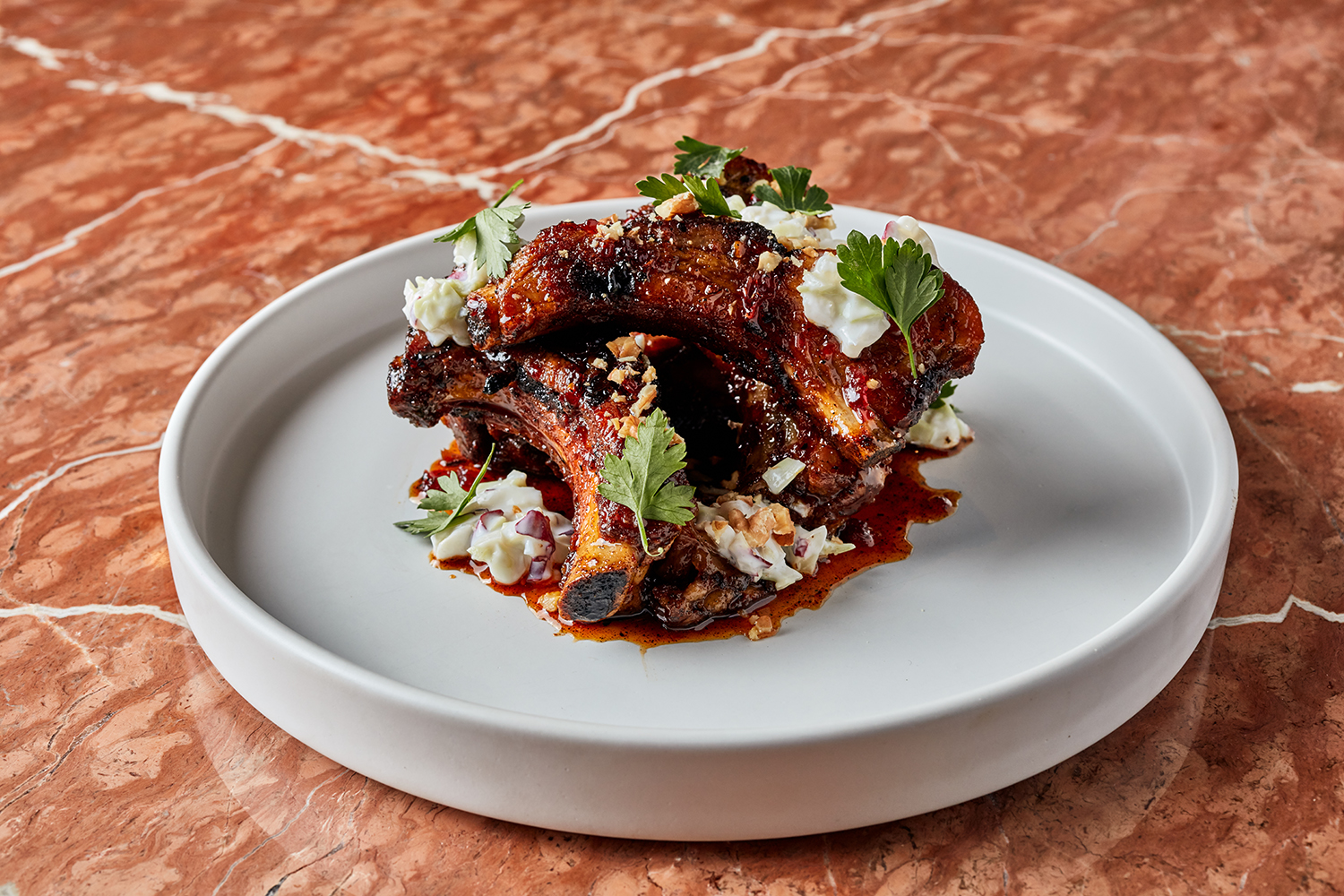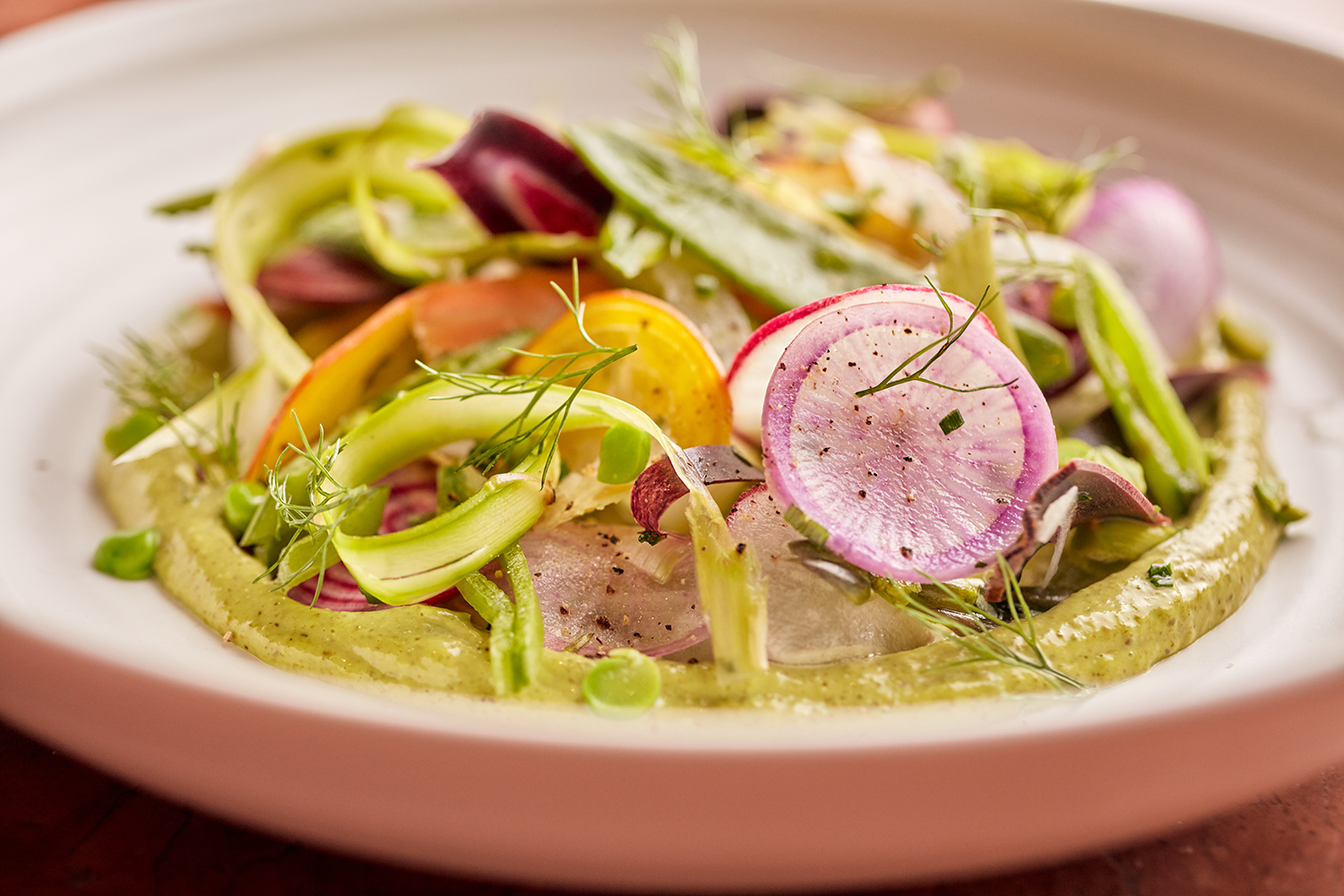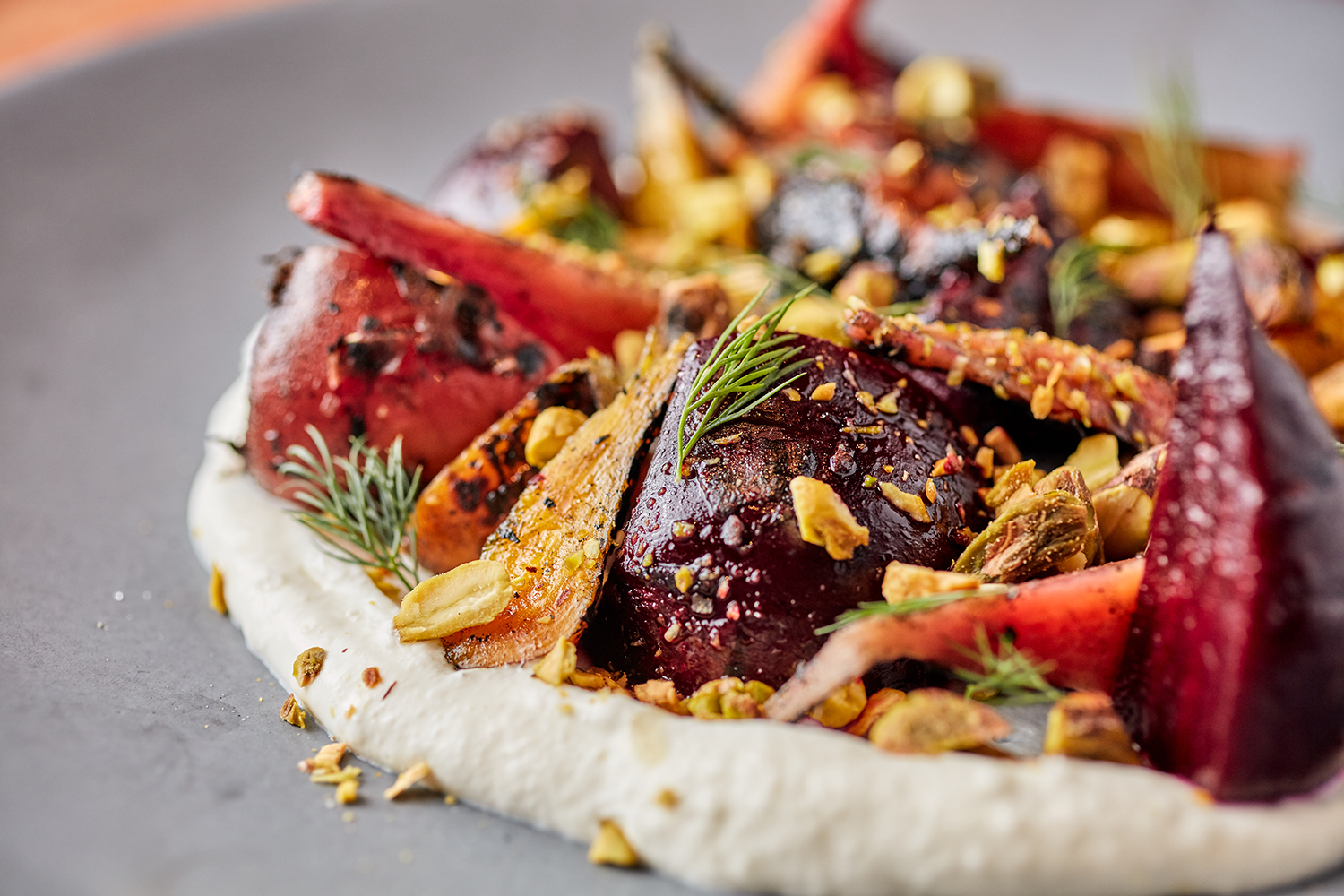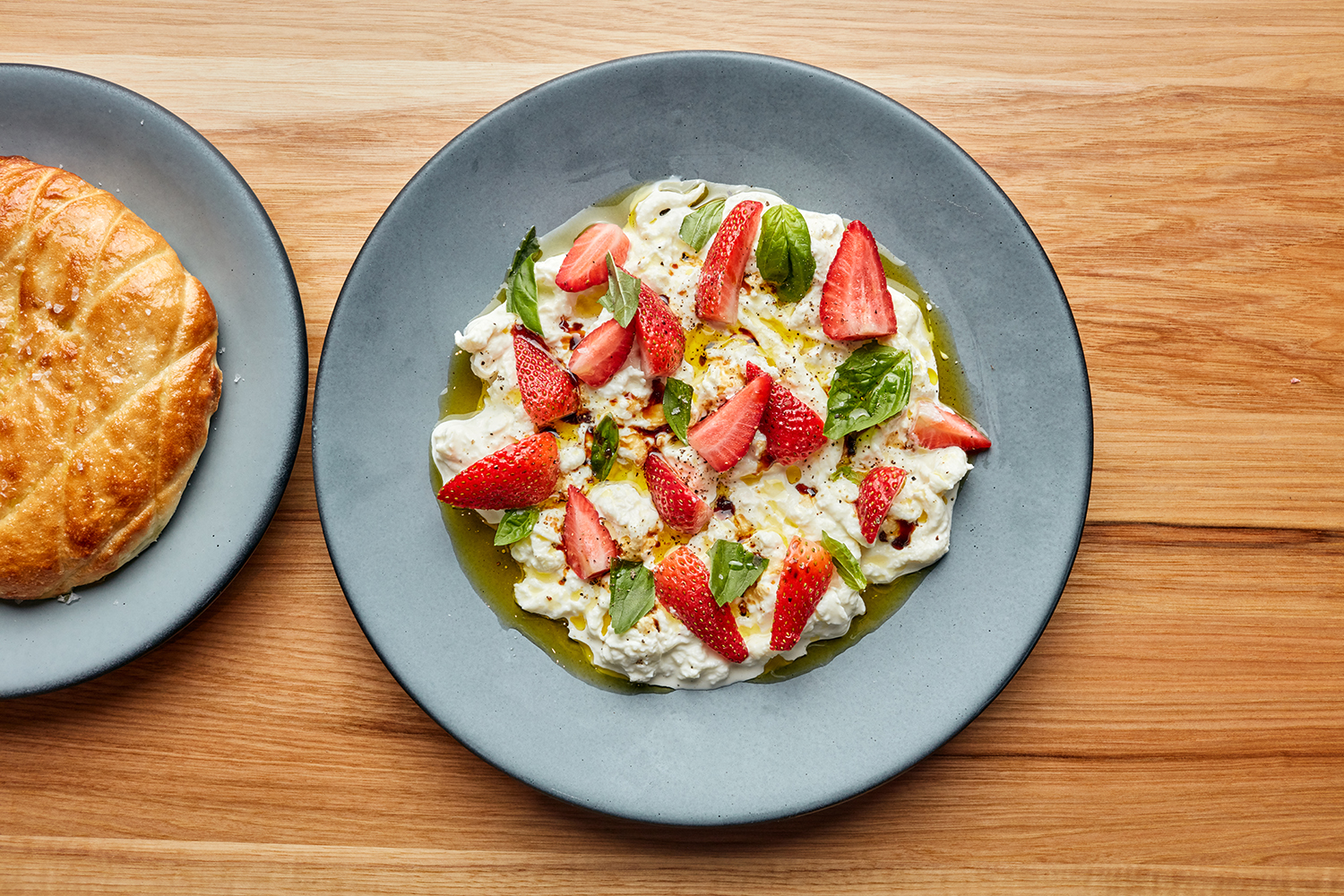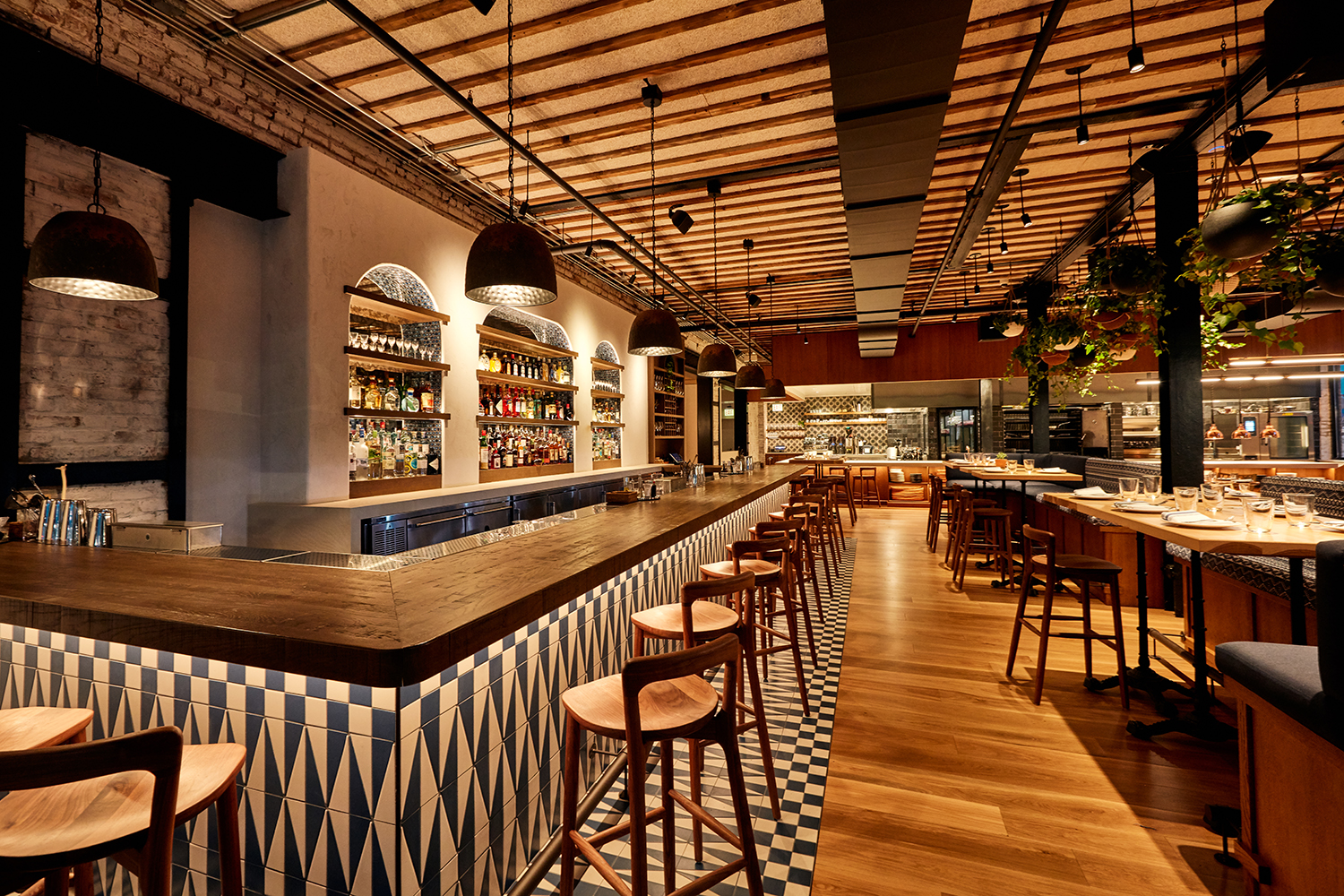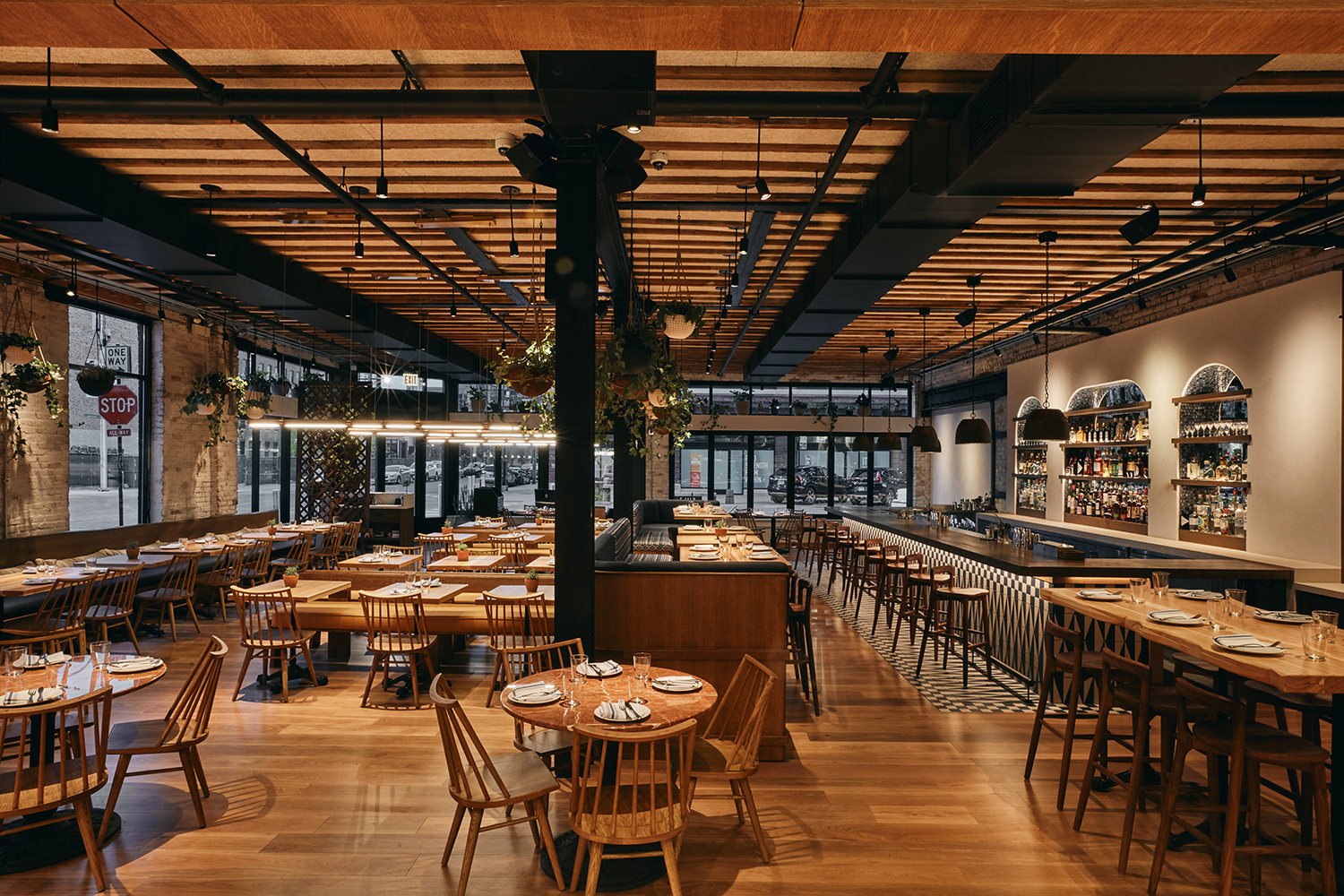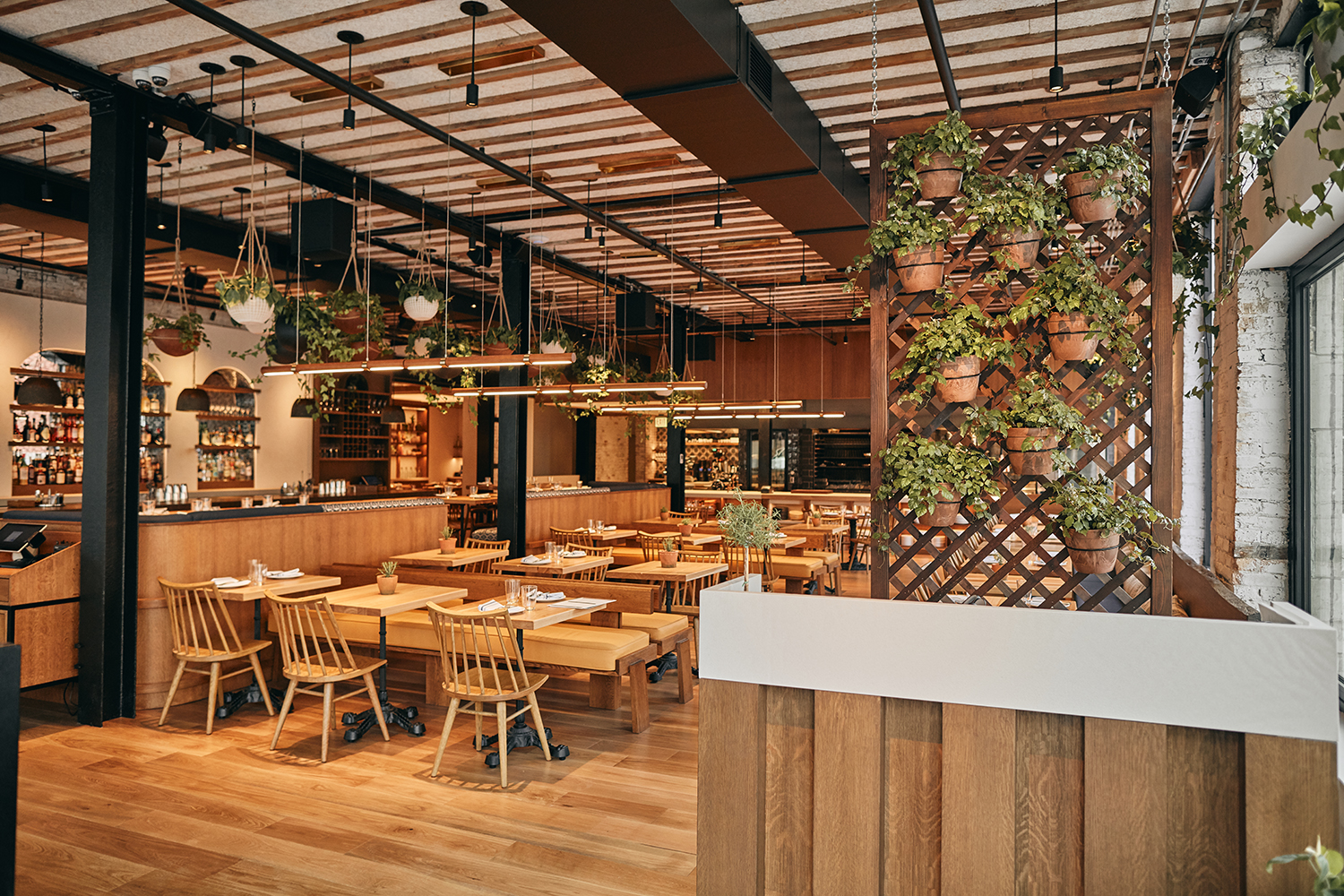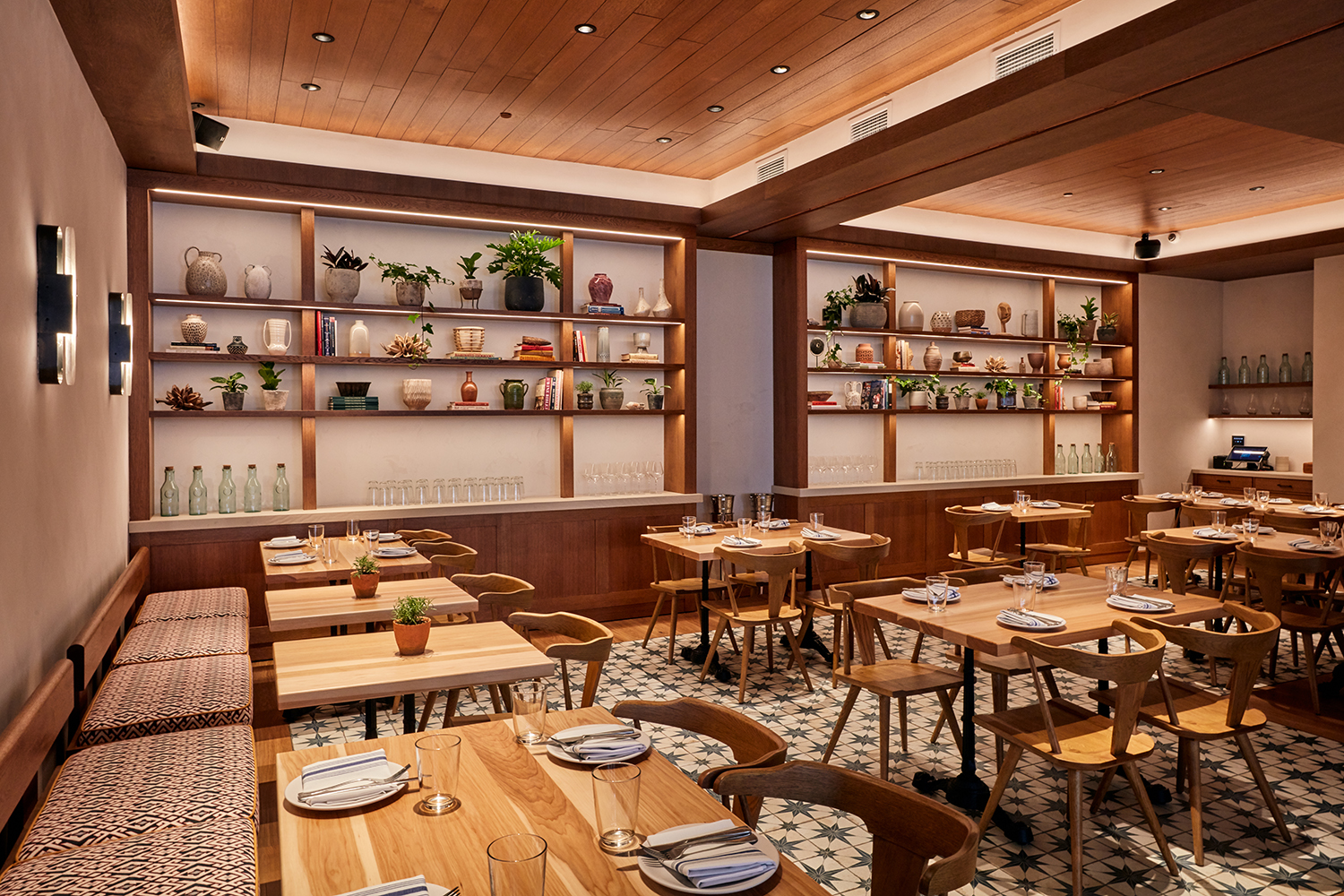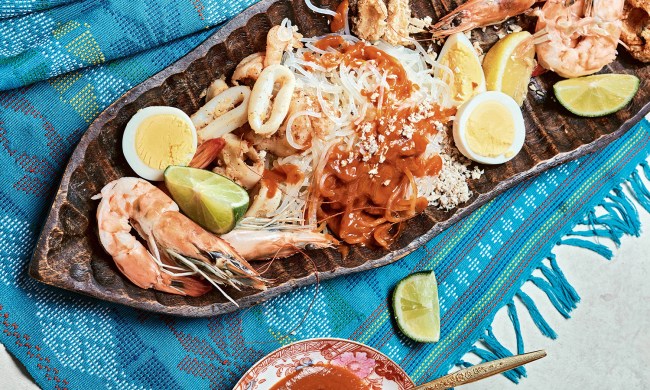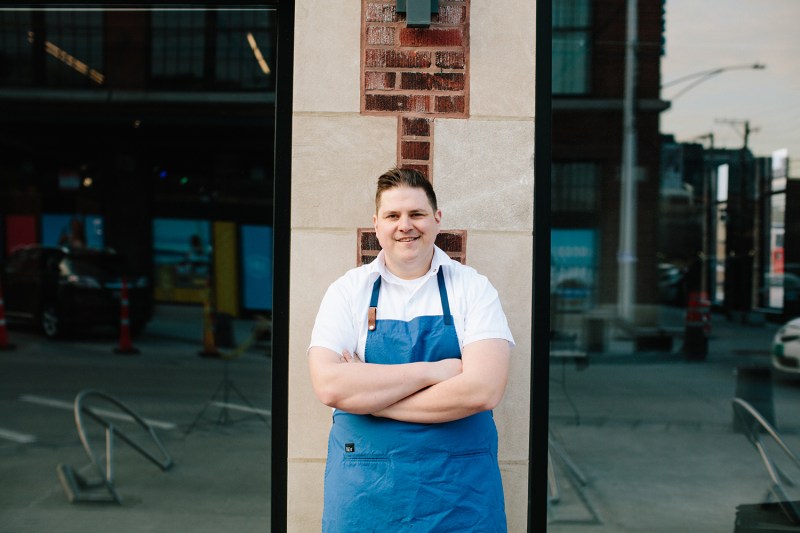
Joe Flamm was going places. In 2018, coming off a Top Chef win and a celebrated berth at the Michelin-starred Spiaggia, the Chicago native stepped away from others’ restaurants to finally launch his own. The vision for the menu was clear: strong Italian offerings, which he’d mastered under the mentorship of chef Tony Mantuano, complemented by the introduction of options from his wife’s Croatian culture’s cuisine. He could see the settings, taste the food, smell the wine. “I thought, hey, I’ll take three months off, and then early 2019 we’ll start going full blast,” Flamm, 35, says.
Rose Mary was announced in mid-2019 with strong anticipation and a planned mid-2020 opening. But, with COVID shuttering everything, an 18-month deferral set in, without end in sight.
Related Guides
“We got crushed here,” Flamm, from his home on the south side of Chicago, tells The Manual. Other cities, with their milder climates, were able to salvage part of their business with al fresco dining on sidewalks and in parking lots. Chicago, with its interminable winters and The Hawk, an amplified freezing wind that rips between its skyscrapers, wasn’t as fortunate. “You can put up all the three-sided tents you want, but at a certain point, Chicago doesn’t give a shit.”
Trapped at home, waiting and waiting and waiting, the nationally known chef became a full-time stay-at-home dad, caring for his two-year-old son and dickering with his theoretical menu. Like a caged animal, Flamm was pacing himself mad. And so he started to run.
With a few friends, Flamm began to run more than ever before. Freezing weather was no deterrent; five degrees with the sun shining? “We’d run,” he says. Negative 10? “We’d run.” While two in five Americans gained an average of 29 pounds over the last year, according to a recent American Psychological Association survey, Flamm says he dropped 25 jogging in a winter- and COVID-shuttered city. Some days those early-morning outings were the only time he left his home. Moving through a small forest preserve felt like “wild frontier s–t,” he says. In 2019, Flamm ran 50 miles. In 2020, it was 500. “You feel like you’re really doing something, right?” he says. “Pace doesn’t matter, nothing matters, because I got out here.”
There’s relief in Flamm’s voice when he recounts those winter runs and a nation’s lost year, a city’s lost year, and his own. At the time of our conversation, it’s the third day of his first restaurant’s opening. Patrons have poured in with a giddiness at being back in public, in a restaurant, and away from their apartments, kitchens, couches. That energy has infused his staff and Flamm himself. “Every day, I walk in here, and I can’t believe this is mine,” he says. “You know how sometimes when people talk about their baby, they say, ‘It’s like we’ve known him,’ right? This space feels like that to me. It feels like I knew this restaurant already, like it existed already and then we just took it over.”
The hardest part of the last year, he explains, was not the uncertainty but inaction. “From day one, you step in the door of this industry, they build you to just go full sprint, a hundred and ten percent of the time. And when you have to sit in idle . . .” He pauses. “It’s like when they talk about those super motorcycles, if you sit them in idle too long, they’re going to burn your thighs. That’s what I felt like. I’ve got to get going.”
While the world is still reckoning with a year inside and away, Flamm is zeroed in on the present of his bustling restaurant and his own lofty ambitions. The presentation of a strong Italian menu is well-trodden ground for him, but it’s the introduction of a Croatian complement, which shares many of the former’s techniques and raw materials while offering surprising twists in flavors and spices, that most excites him. “There’s a huge Italian influence, but I think what also makes it interesting is all the other influences: the Hungarian, the Austrian,” he says.
Thirteen years ago, Flamm didn’t know anything about the country’s cuisine. But drinking a beer in a buddy’s backyard, he met his future wife, a first-generation American whose Croatian father was born in an Austrian refuge camp before emigrating. Since then, Flamm has made deep inroads, mining Chicago’s few family-run Balkan restaurants and haunting the hole-in-the-wall grocers before making his own pilgrimage to the country. “How does nobody know about this?” he remembers thinking.
Croatian cuisine, unlike Italian or Mexican cuisines, have remained pure in the United States, and Flamm credits its relative underground status — and that despite the late Anthony Bourdain who, in 2012, called it “the next big thing.” “The people who are doing it seem to just be doing what everybody was doing over there when they left [Croatia],” Flamm he says. “They’re cooking their grandmothers’ recipes — not simple, but rustic.”
“You’d eat anything that this guy would make, whether you called it Italian or Croatian,” says chef and mentor Mantuano, founder of Spiaggia and now with Yolan, in Nashville. “He touches them with his modern hand. It’s going to be a better version.”
It should be noted that Flamm is careful to not call anything a fusion or a blend, and despite one preview calling it a “melange,” Mantuano emphasizes that Flamm is careful to notate their distinction. Italian is still given its silo, with pasta dishes cavatelli and tagliatelle appearing with traditional (albeit intriguing) ingredients, while Croatian dishes are distinguished almost by alphabet alone, when viewed from afar. Skradin, a veal and chicken dish, and crni, a squid-ink-flavored risotto, draw the eye as much as the nose when appearing across a menu. Each, Mantuano says, is shown a healthy cultural respect.
With his restaurant awash with eager diners and previews published in mainstream outlets, it’s hard to remember that Flamm gained national recognition as a reality TV star. Now, healthier, nationally celebrated, and with a fresh buzz around him as Rose Mary only ramps up, he traces the inverse of most former contestants’ trajectories.
“I loved the adventure of it,” he says, a wistfulness creeping into his voice. “It was way, way, way out of my comfort zone, but I had a blast.
“Would I do it again? Sure, if something sounds fun and interesting, I’m going to go,” Flamm says. “That’s very much who I am and how I enjoy things. Top Chef was no different.”
